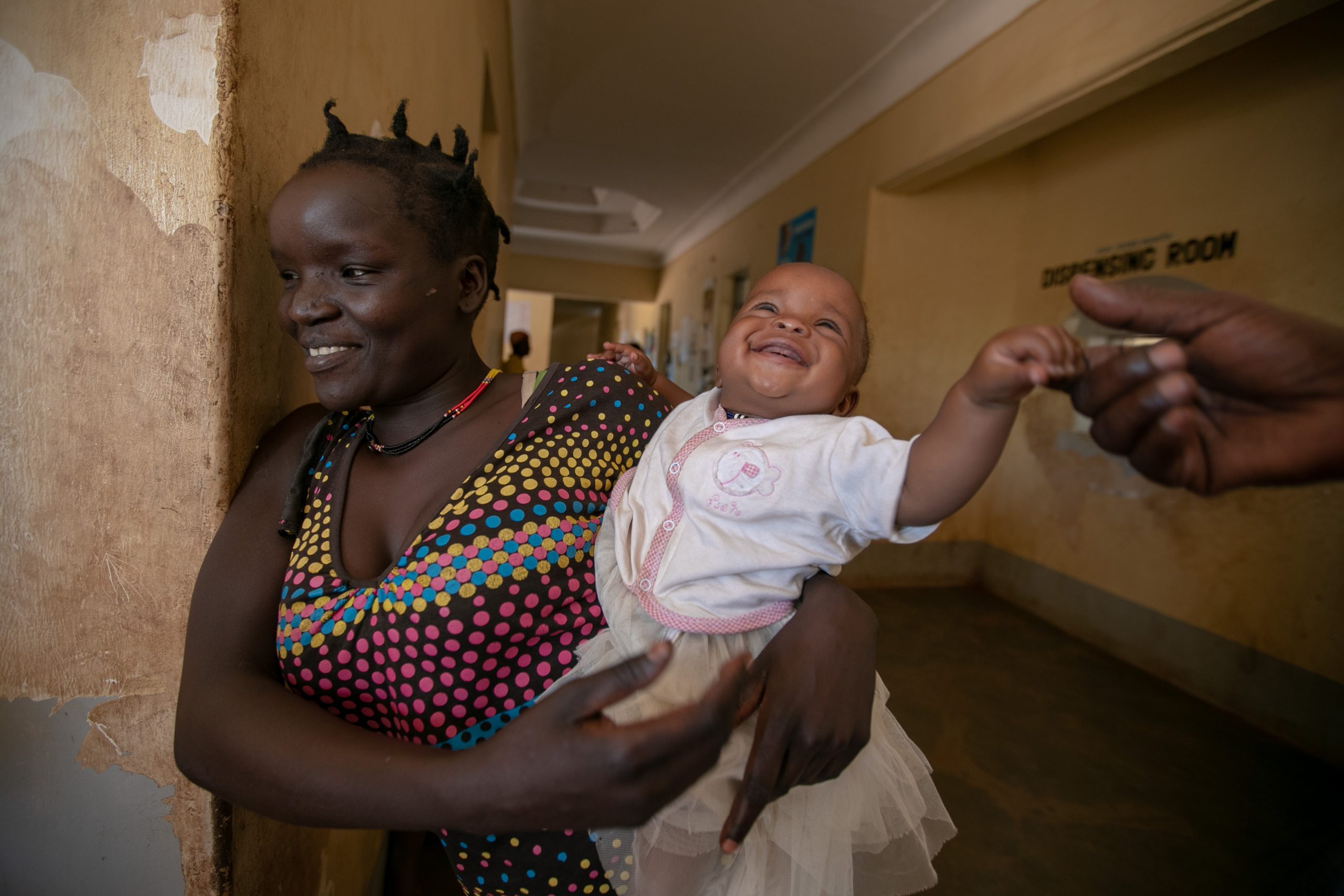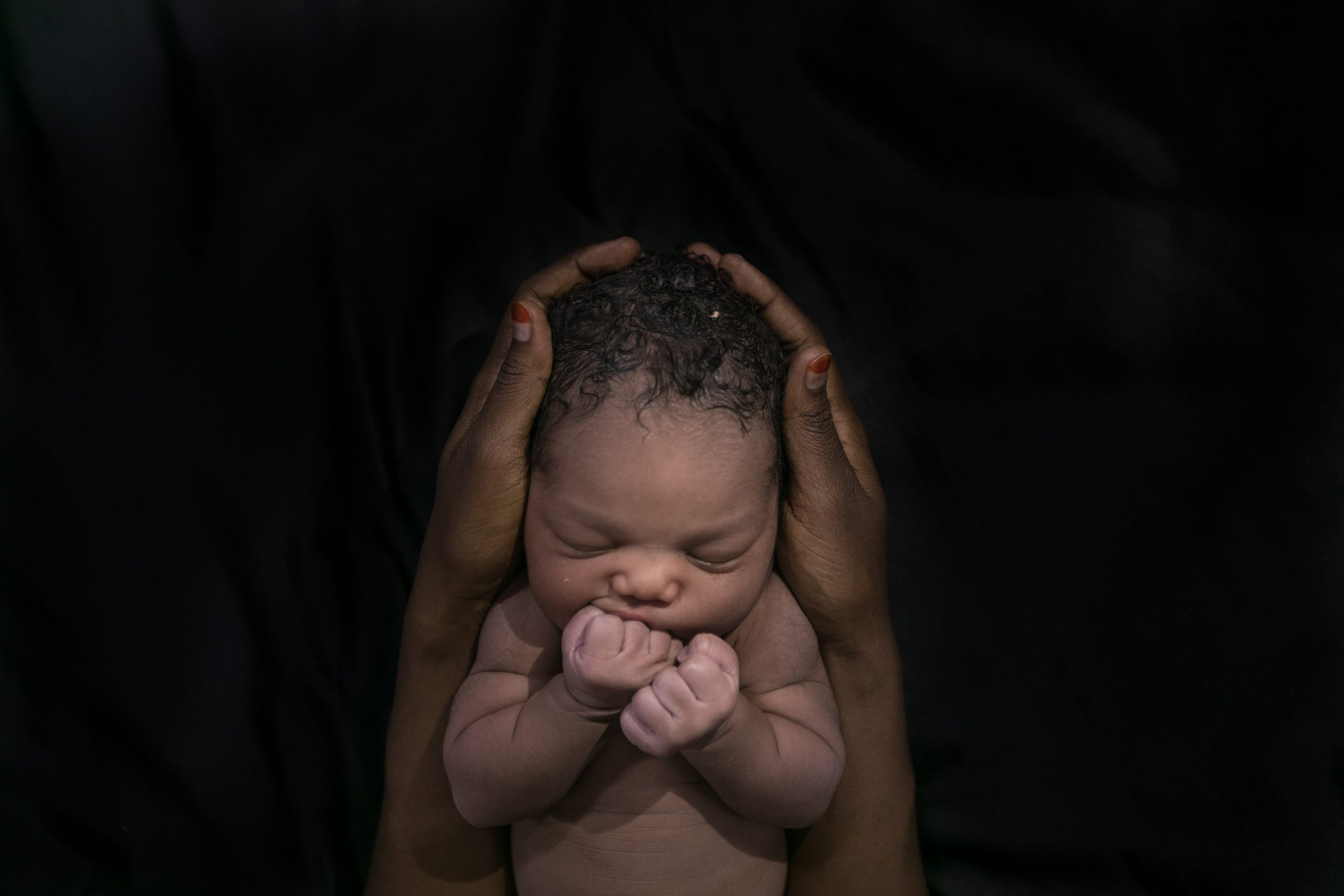Assessing coverage of interventions for reproductive, maternal, newborn, child, and adolescent health and nutrition

Embedded within the framework of the United Nations sustainable development goals (SDG) for 2030 is the principle of equity, with the aim of reaching universal health coverage. Soon after the framework was adopted in 2015, the Every Woman Every Child global strategy for women’s, children’s and adolescents’ health was launched. The global strategy translates the SDG agenda into concrete guidance on how to accelerate progress in women’s, children’s and adolescents’ health through a multi-sectoral approach. It includes a monitoring framework with 60 indicators to help countries and their partners promote accountability in ending preventable deaths (survive), ensuring health and well-being (thrive), and expanding enabling environments, so that all women, children, and adolescents can reach their potential (transform). Previous assessments show mixed progress, with some indicators advancing more rapidly than others but with pervasive inequities between and within countries.
The Countdown to 2030 initiative also regularly tracks progress in the countries experiencing the highest burdens of maternal and child mortality. Countdown’s 2017 report, together with those from Every Woman Every Child, highlight laudable reductions in maternal and child mortality over the past two decades, but many settings will need to increase efforts to achieve the 2030 goals. Coverage of essential health interventions is unacceptably low in many contexts and among specific populations; considerable policy and programmatic work is needed to shore up primary healthcare systems to make universal health coverage a reality.


